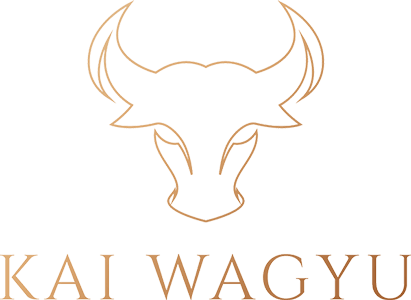What does A5 wagyu even mean?

With the rise in popularity of wagyu, many have heard the term “wagyu” but are not familiar with the different types of wagyu. The most prized type of wagyu, which is also likely the one most are familiar with is Japanese A5 Wagyu. The literal meaning of wagyu is “Japanese Cattle”, with “Wa” meaning Japanese and “Gyu” meaning cattle. However, this poses another question: What does A5 mean?
The Grading System
In Japan, a grading system is used to analyze and rank the quality of Wagyu carcasses. The Ministry of Agriculture, Forestry, and Fisheries devised the grading scheme. Wagyu across Japan are evaluated using the same objective standards before its arrival at the market. This ensures that Japan exports Wagyu of the highest caliber to buyers across the world. Wagyu is graded according to yield, marbling, color, texture, firmness and luster. Wagyu grading is also divided in two categories: yield of grade and meat quality grade.
So what does A5 mean?
The Yield grade is assessed by determining the final meat ratio. The carcass is given one of the 3 ranks: A for above average, B for average, and C for below average. Grade A Wagyu will have a Yield of 72% or higher, Grade B Wagyu will have a Yield of roughly 69% to 72%, with Grade C Wagyu beef encompassing all Wagyu beef with a Yield of less than 69%. Wagyu beef that has been given a Yield of “A” will be far superior to a cut of Wagyu given a Yield of “B” or “C”.
Meat quality grade is assessed according to: marbling, meat, firmness and texture, and quality of fat. All four aspects of meat quality are graded on a scale of 1 to 5 with 5 being the highest. This means that the number 5 is the highest Grade that can be achieved. The Grading Score includes various factors in which the meat is judged upon that include the Beef Marbling Score (BMS), Beef Color Standard (BCS), Beef Fat Standard (BFS), and Firmness & Texture. Grade 5 wagyu must have a BMS of 8-12, while Grade 4 ranging from 5-7, Grade 3 ranging from 3-4, Grade 2 at 2, and Grade 1 at 1. The higher the Grade number assigned, the higher the quality of beef, with 5 being the highest possible grade.
Conclusion
Only the meat that is given the highest ranking in both these assessments are allowed to be labeled as “A5 Japanese Wagyu”. This means that whenever you are purchasing a piece of A5 Japanese Wagyu, you are getting the best of the best in terms of wagyu beef. When someone is planning to try A5 Japanese Wagyu, they should visit a butcher shop that understands the different types of wagyu options available. Along with this, you need to make sure that the butcher shop is able to provide you with a Certificate of Authenticity. At Kai Wagyu, we work directly with farms in Japan to import the highest quality wagyu. Every piece of our Japanese A5 Wagyu comes with a Certificate of Authenticity and only consists of BMS 10-12 wagyu, which is the highest tier of A5 Wagyu.
